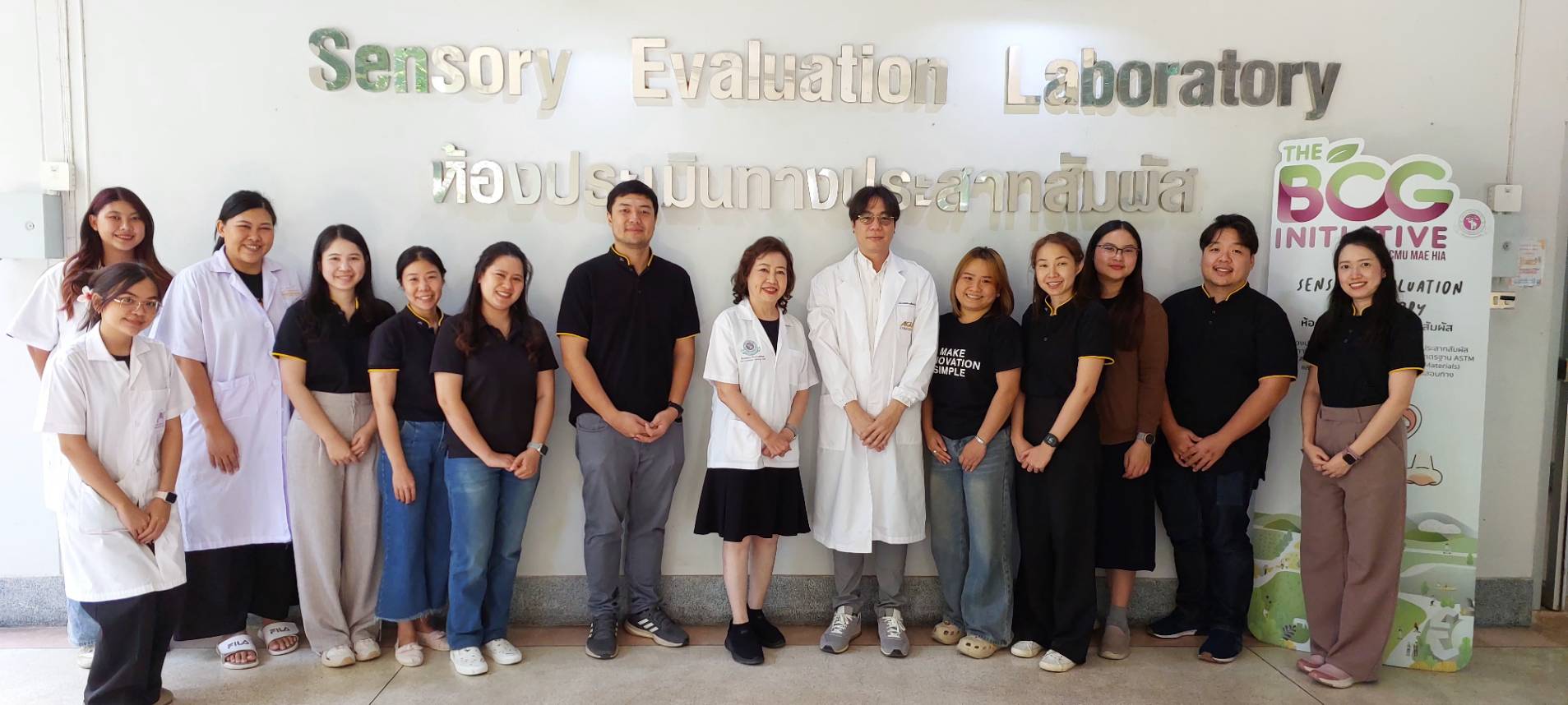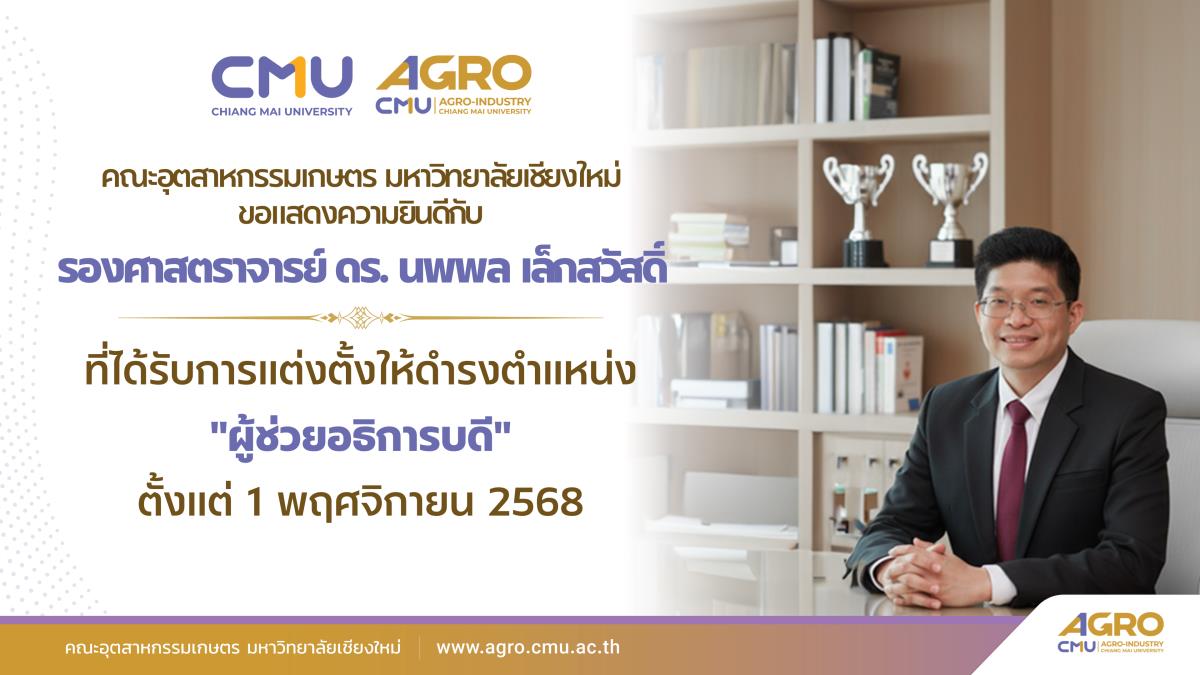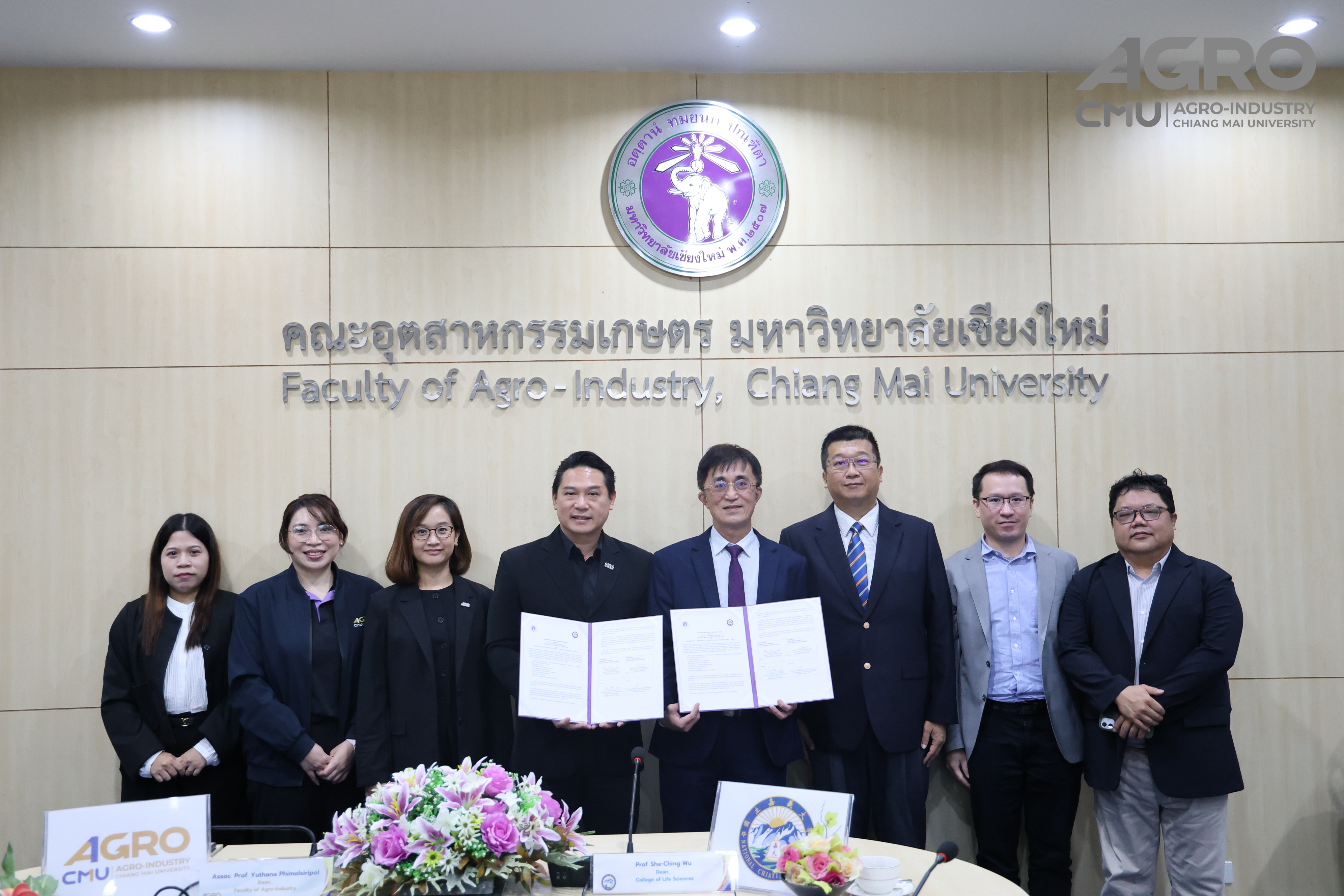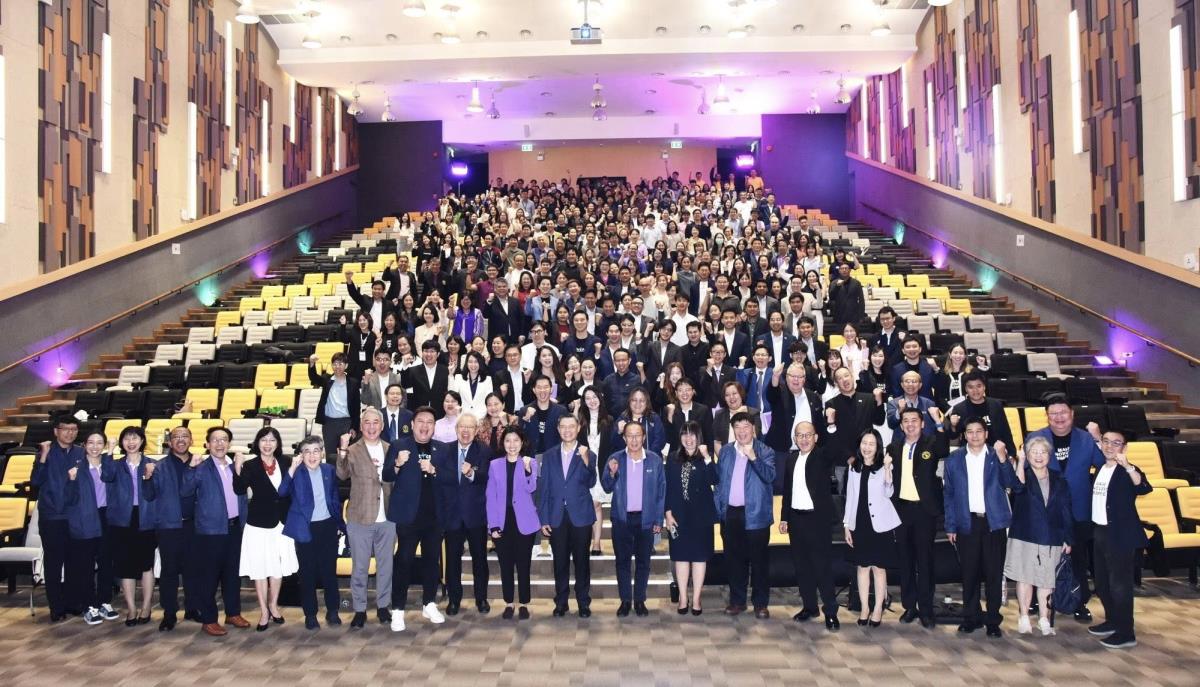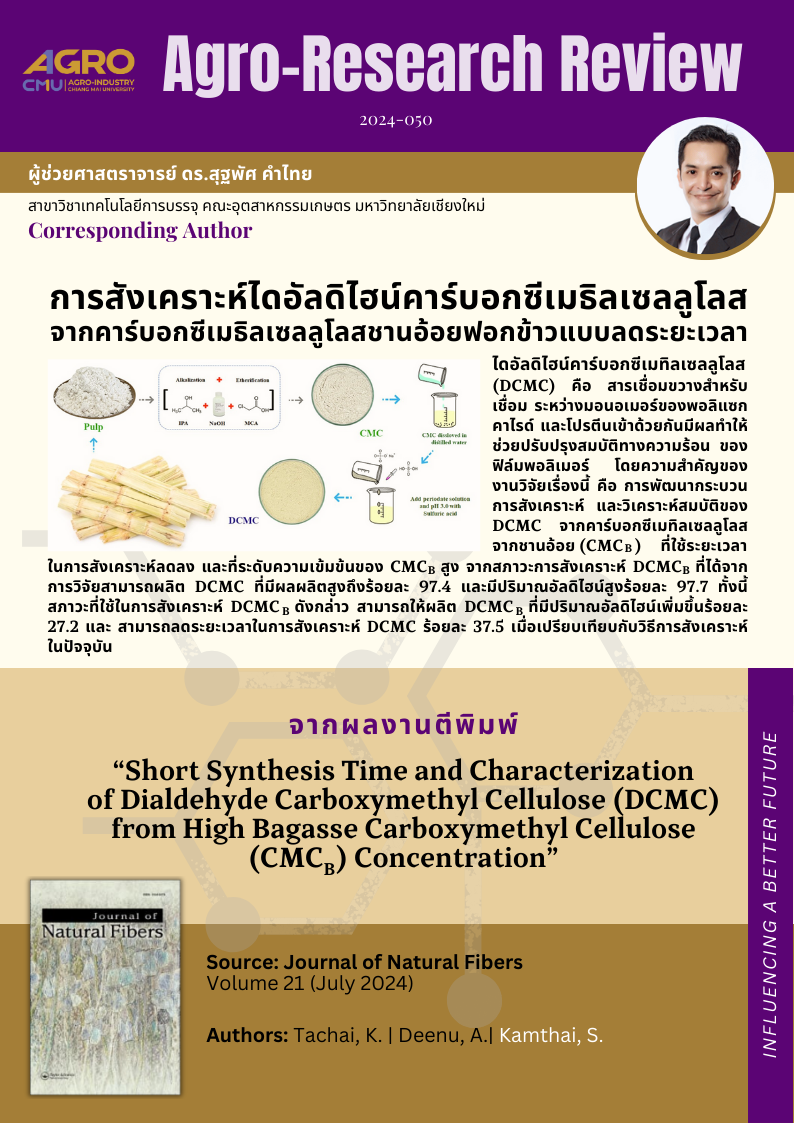
แนะนำงานวิจัย 2024-050: การสังเคราะห์ไดอัลดิไฮน์คาร์บอกซีเมธิลเซลลูโลสจากคาร์บอกซีเมธิลเซลลูโลสชานอ้อยฟอกข้าวแบบลดระยะเวลา
ไดอัลดิไฮน์คาร์บอกซีเมทิลเซลลูโลส (DCMC) คือ สารเชื่อมขวางสำหรับเชื่อมระหว่างมอนอเมอร์ของพอลิแซกคาไรด์และโปรตีนเข้าด้วยกันมีผลทำให้ช่วยปรับปรุงสมบัติทางความร้อนของฟิล์มพอลิเมอร์ โดยความสำคัญของงานวิจัยเรื่องนี้ คือ การพัฒนากระบวนการสังเคราะห์และวิเคราะห์สมบัติของ DCMC จากคาร์บอกซีเมทิลเซลลูโลสจากชานอ้อย (CMCB) ที่ใช้ระยะเวลาในการสังเคราะห์ลดลง และ ที่ระดับความเข้มข้นของ CMCB สูง จากสภาวะการสังเคราะห์ DCMCB ที่ได้จากการวิจัยสามารถผลิต DCMC ที่มีผลผลิตสูงถึงร้อยละ 97.4 และมีปริมาณอัลดิไฮน์สูงร้อยละ 97.7 ทั้งนี้สภาวะที่ใช้ในการสังเคราะห์ DCMCB ดังกล่าว สามารถให้ผลิต DCMCB ที่มีปริมาณอัลดิไฮน์เพิ่มขึ้นร้อยละ 27.2 และ สามารถลดระยะเวลาในการสังเคราะห์ DCMC ร้อยละ 37.5 เมื่อเปรียบเทียบกับวิธีการสังเคราะห์ในปัจจุบัน
DCMC is a cross-linking agent for conjugating between polysaccharide and protein monomer, causing it to particularly improve the thermal properties of the biopolymer film. The highlight of this research is the synthesis and characterization of dialdehyde carboxymethylcellulose (DCMCB) from bleached bagasse carboxymethylcellulose (CMCB) by using a short time process and a high concentration of CMCB (6% w/w of CMCB). The results of DCMCB synthesis can obtain a high yield of DCMC (97.4%) and high aldehyde content, which is approximately 97.7%. This optimal condition led to a 27.2% significant increase in DCMCB aldehyde content and a 37.5% reduction in reaction time.
Topic: Short Synthesis Time and Characterization of Dialdehyde Carboxymethyl Cellulose (DCMC) from High Bagasse Carboxymethyl Cellulose (CMCB) Concentration
Authors: Tachai, K.| Deenu, A.| Kamthai, S.
Abstract:
Bagasse is a type of bast fiber obtained from agricultural waste. It is a suitable material for producing cellulose derivatives, specifically as a DCMC crosslinking agent. The optimal synthesized conditions of dialdehyde carboxymethyl cellulose (DCMCB) from the elemental chloride-free (ECF) bleached bagasse pulp were evaluated, including the concentration of bagasse carboxymethyl cellulose (CMCB) at 3% and 6% (w/v), the sodium periodate (NaIO4) concentration at 5%, 10%, and 15% (w/v) and the reaction time from 1 to 4 hours. The optimal conditions were characterized based on the DCMCB properties, including production yield, aldehyde content, and degree of oxidation. The optimal conditions for synthesizing DCMCB are a pH of 3.0, a reaction temperature of 35°C, a NaIO4-to-CMCB mass ratio of 1:6, and a reaction time of 2.5 hours. It obtained 97.37% yield and 97.70% aldehyde content. This optimal condition led to a 27.2% significant increase in DCMCB aldehyde content and a 37.5% reduction in reaction time. Various analytical techniques were employed to verify the success of CMCB oxidation and to fully characterize the crystallinity, thermal stability, and structure of DCMCB. CMCB encountered oxidation, resulting in alterations in functional groups and influencing the crystallinity, thermal stability, and structure of DCMCB.
Keywords: Dialdehyde carboxymethyl cellulose (DCMC); Carboxymethyl cellulose (CMC); bleached bagasse pulp
View at publisher: https://www.tandfonline.com/doi/full/10.1080/15440478.2024.2371911#abstract
#อกมช. #agrocmu #CMU
